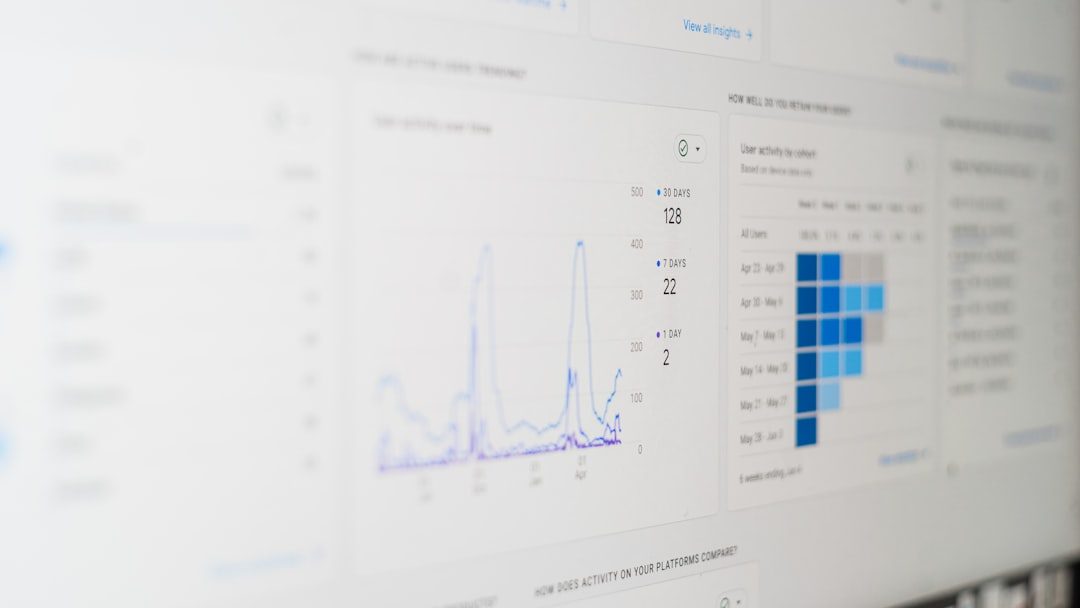If you manage a website or work in SEO, you’ve probably noticed a sudden shift in the PageSpeed Insights (PSI) score at least once and wondered, “What just happened?” Seeing your PSI score jump—either upward or downward—can be both confusing and concerning. Understanding these changes means delving into how PSI works under the hood, as well as the evolving nature of Google’s performance metrics. In this article, we’ll break down what really changes when your PSI score shifts, uncover what’s influencing those changes, and offer guidance on how to react constructively.
Understanding the PSI Score: A Two-Part System
Before exploring why your score changed, it’s essential to understand what PSI actually measures. Google’s PageSpeed Insights offers a performance score based on two distinct data sets:
- Lab Data: Simulated data collected in a controlled testing environment using Lighthouse, emulating a mid-tier device under throttled network conditions.
- Field Data: Real-world user data sourced from the Chrome User Experience Report (CrUX), capturing how users experience your site in everyday scenarios.
The PSI score you see is primarily derived from Lab Data, but Field Data provides context. A sudden CPI (Core Web Vitals) downgrade in field data, for example, won’t necessarily tank your PSI score quickly—but a Lighthouse update will.
Why Your PSI Score Jumped: Key Factors That Influence Change
There are several reasons why your score may have changed, some internal and others completely outside of your control. Let’s examine the most common reasons.
1. Changes to Lighthouse Scoring Algorithm
Google uses an open-source tool called Lighthouse to generate the PSI score. When Lighthouse is updated, it often includes changes in scoring weight and the calculations behind metrics like First Contentful Paint (FCP), Largest Contentful Paint (LCP), and Cumulative Layout Shift (CLS).
For example, a shift from Lighthouse version 9 to version 10 might suddenly put more emphasis on Total Blocking Time (TBT), penalizing sites that rely heavily on third-party scripts. When such changes occur, scores can jump or plunge without any change to the website itself.
Best Practice: Always check which version of Lighthouse PSI is running. Review the Lighthouse release notes when strange score shifts occur.
2. Updated Web Vitals Definitions
Web Vitals are the foundation of performance assessment in PSI. From time to time, Google updates what they consider “good” performance thresholds. These updates may tighten or relax standards for key metrics like INP (Interaction to Next Paint), replacing older metrics such as FID (First Input Delay), as was done in 2023.
If INP becomes a more significant contributor to your PSI score, and your site has inefficient event handling, expect to see that reflected in your score—even if your Lighthouse report still looks broadly positive.

3. External Dependencies and Content Changes
Dependence on third-party scripts, such as ad networks, social sharing widgets, and embedded content, can significantly impact loading times. These resources can vary dramatically in performance from one moment to the next, especially if they aren’t well-optimized or suddenly begin serving more data than before.
Also, even minor changes—like larger images, additional fonts, or a new homepage layout—can nudge load time higher, directly hitting metrics like Largest Contentful Paint (LCP) and First Contentful Paint (FCP).
4. Server Performance Fluctuations
You may not always control how your server behaves, especially if you’re on shared or cloud hosting. Occasional slowdowns, even intermittent ones, can impact the perceived performance of your site during the test.
This is particularly true for metrics like Time To First Byte (TTFB), which reflects how quickly your server responds to requests. A few milliseconds extra delay can shift your PSI score unexpectedly.
5. Network Conditions Simulated in Lab Tests
Lighthouse simulates a Moto G4-class device running on a consistent “Slow 4G” network. However, these parameters can be adjusted in newer Lighthouse versions, or by PSI itself, to better mimic real-world conditions. Changes in device emulations or throttling parameters can affect how your site is scored, especially if you’re relying on modern JavaScript that’s heavier than typical mobile devices can efficiently handle.

How to Respond to a Sudden Score Change
When your score jumps, the knee-jerk reaction might be panic. But resist the urge to overhaul your site immediately. Take a methodical approach:
Step 1: Compare Old and New Scores
If possible, retrieve your earlier PSI reports. Look closely at metric-by-metric comparisons to see where the changes occurred. Use browser-based Lighthouse reports to independently validate PSI findings under consistent local conditions.
Step 2: Check Lighthouse Version
You’ll find the Lighthouse version used at the bottom of your PSI report. Compare it with the prior report and review release notes for major scoring changes.
Step 3: Isolate Performance Bottlenecks
Rerun tests using Chrome DevTools or tools like WebPageTest.org to identify resources causing delays. Typical culprits include:
- Large images or videos not properly compressed
- Too many JavaScript files or large bundles
- Third-party scripts loading synchronously
Step 4: Focus on Core Web Vitals
Use tools like the Chrome UX Report or CrUX Dashboard in Google Data Studio to pinpoint which user segments are experiencing degraded performance. Improvements in CWV metrics usually optimize both PSI scores and actual user experience.
The Psychology Behind the PSI Score
It’s worth noting that PSI scores often serve as a surface-level motivation tool—what some developers refer to as the “gamification” of performance. However, it’s crucial not to optimize strictly for the score. Real-user metrics and business outcomes are a better guiding light.
Remember: A score of 90 or above might look great, but if actual users are experiencing jank, late interactivity, or mobile bugs, the raw number won’t help.
Conclusion: Context is Everything
When your PageSpeed Insights score jumps, don’t assume your website has suddenly improved or worsened overnight. Most often, the change results from updates in measurement methodology, evolving standards, or external performance fluctuations beyond your immediate control.
The golden rule is simple: optimize for users, not scores. Use PSI as a directional tool, not a definitive metric. Regularly audit your performance, stay current on Lighthouse and Web Vitals changes, and always test on real devices where possible.
In the shifting landscape of web performance, scores may jump—but awareness and consistency will help you ride the wave, not get swept away by it.




